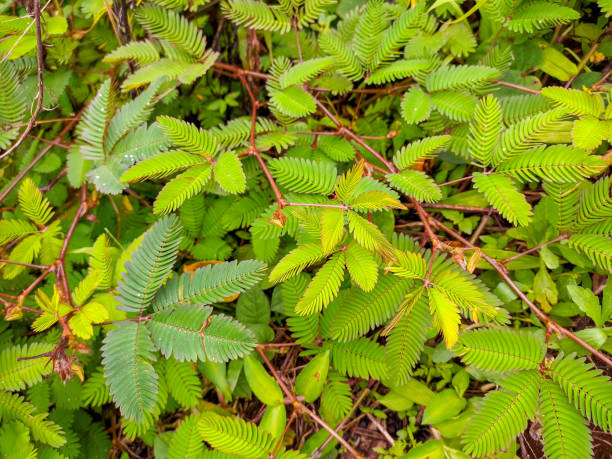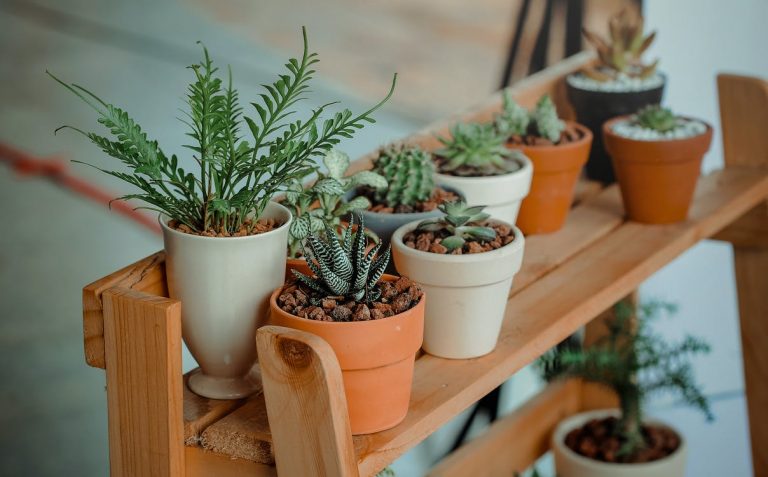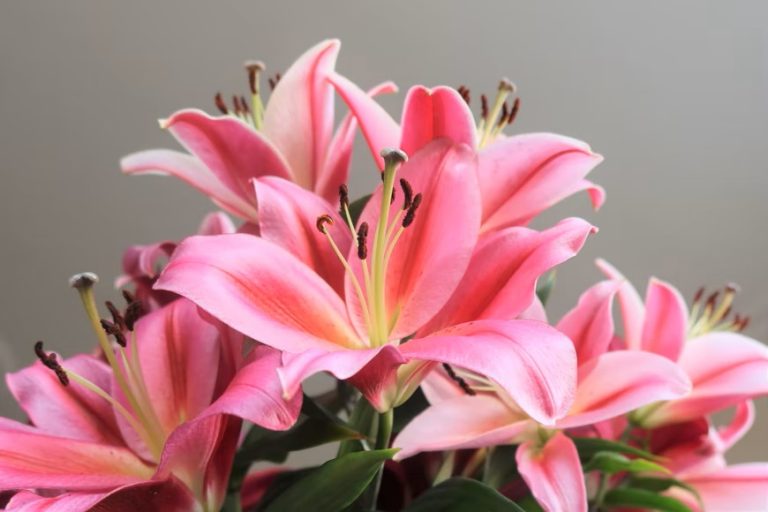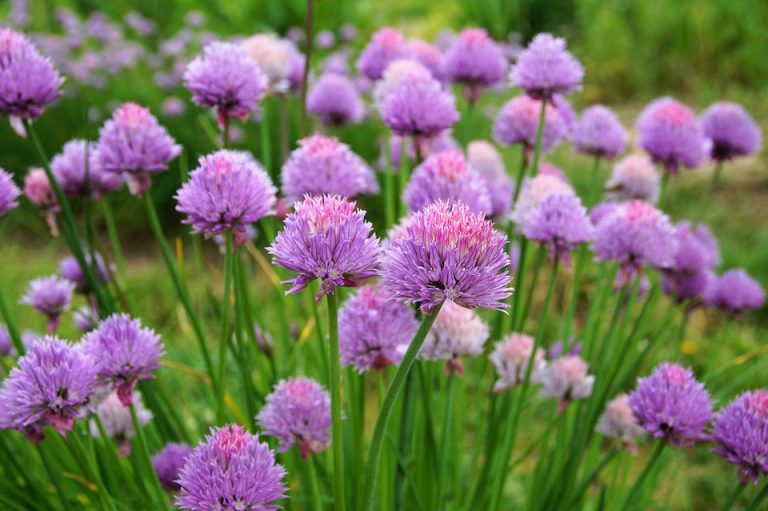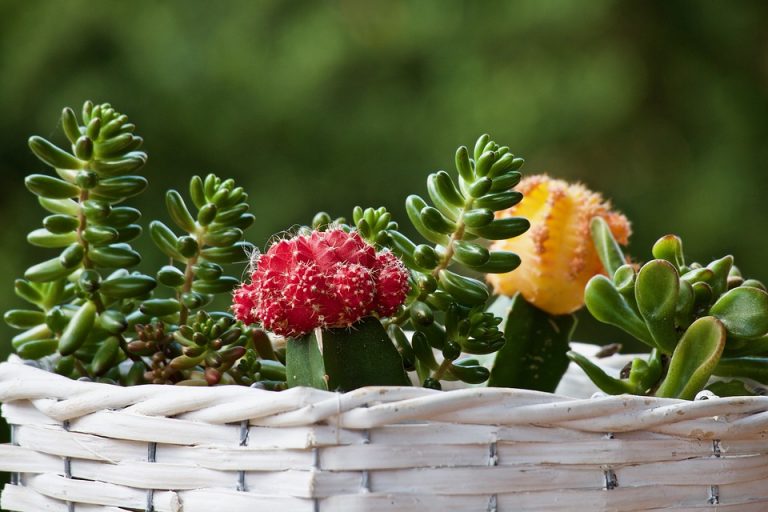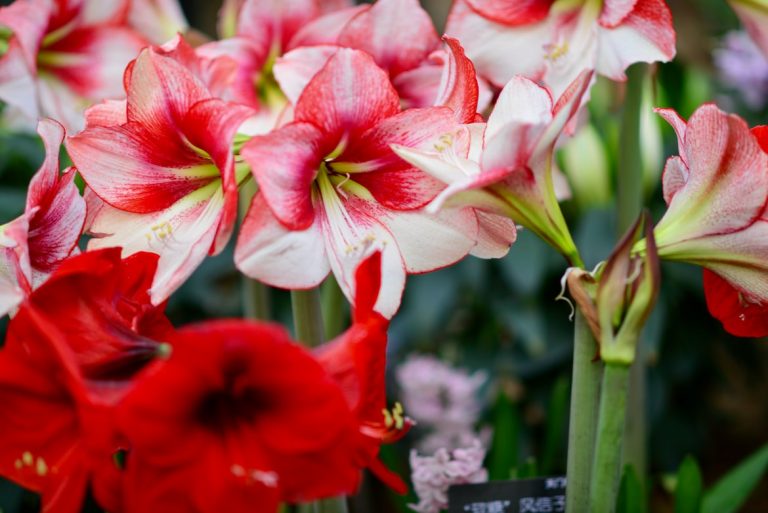How to Grow and Care for Philodendrons Successfully?
Philodendrons are one of the easiest indoor plants to grow and care for. If you’re looking for a low-maintenance houseplant, consider this one.
What are Philodendrons?
Philodendron is an evergreen perennial vine native to tropical America known for its heart-shaped leaves and trailing vines. Philodendron is easy to grow, fast to grow and is an excellent indoor plant that filters harmful substances out of the air and freshens the air.
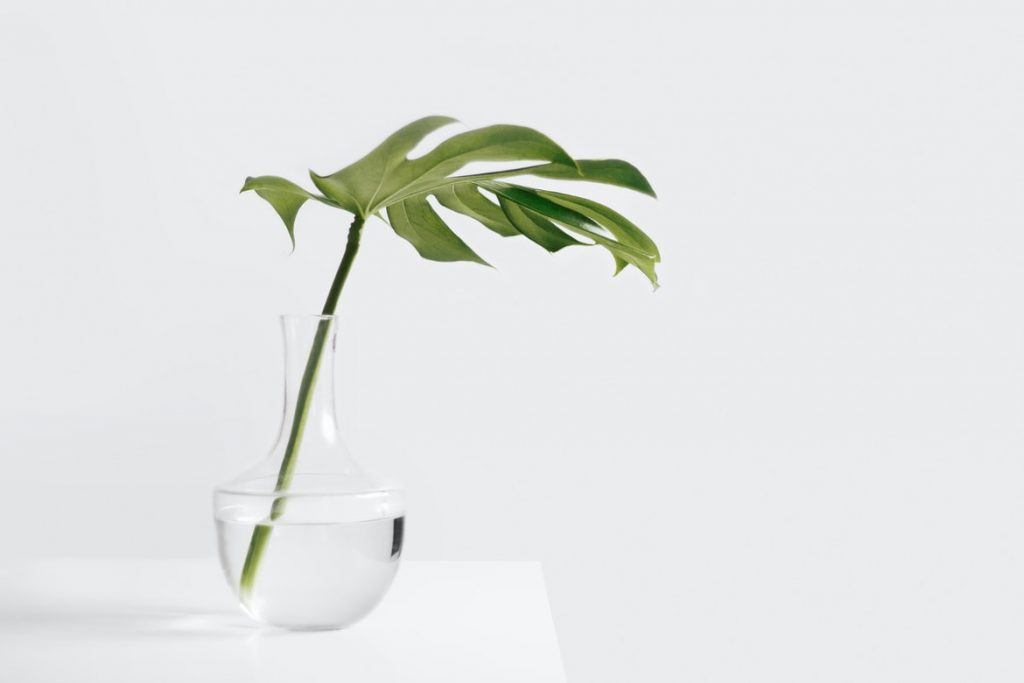
Philodendrons generally come in two types: vines and non-climbing plants. Vines have aerial roots and can produce cascading vines several feet long that require a hanging basket or lattice to help them climb. Non-climbing plants have an erect growth habit and can be cultured in containers, making them an excellent leaf-watching plant. Generally, camp wood is best planted in the spring, but houseplants can usually be started and successfully cultivated at any time of the year.
Cultivation and Care of Philodendrons
Light
Philodendrons generally grow best in moderate indirect light, but can also accept low indirect light. But be careful not to expose plants to direct sunlight for long periods.

Soil
Choose a container with drainage holes and well-drained potting soil to help plants shed excess water and reduce the risk of overwatering and root rot.
Water
Water every 1-2 weeks and increase the frequency as light increases, but it’s worth keeping an eye out for the top inch of soil to dry completely between waterings to prevent damage to plants from overwatering.

Temperature and Humidity
As a general rule, philodendrons should not be kept in temperatures below 55 degrees Fahrenheit for long periods. An average home temperature of 65 to 70 degrees Fahrenheit will help philodendrons grow better.
Similarly, about optimal humidity for philodendrons, these plants like high humidity. Therefore, we can spray plants with water every few days, or place containers on cobblestone trays filled with water, but be careful to ensure that the bottom of the container does not touch the water to prevent the roots from getting too wet and causing them to rot.

Fertilizer
Philodendrons are fed monthly with a balanced liquid foliar potted plant fertilizer containing macronutrients in spring and summer and watered every six to eight weeks in fall and winter. Slow growth and small leaves because plants aren’t getting enough fertilizer, pale leaves usually indicate plants aren’t getting enough calcium and magnesium, micronutrients that are essential for Philodendrons to grow and keep plants healthy and beautiful.
Cleaning
To keep the leaves of plants breathing well, we had better wipe the leaves with a damp cloth regularly.
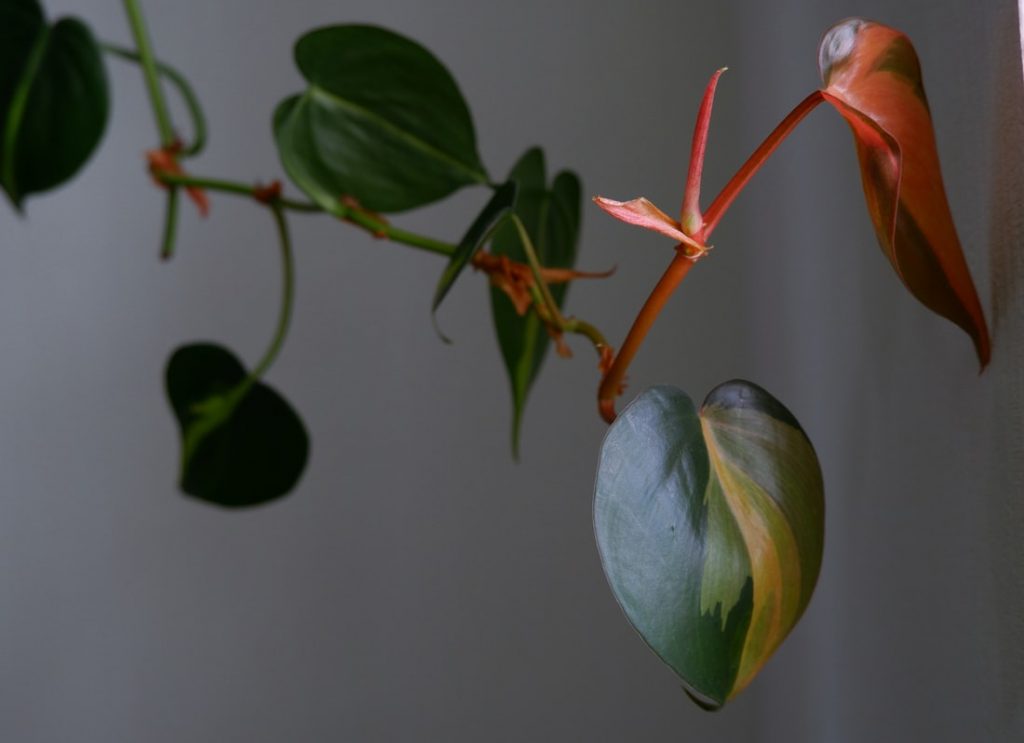
Trim
Pruning helps reduce the stranglehold of dead leaves and encourages new growth. It is important to note that the best time to prune your Philodendrons is in spring or summer, and of course, you can safely give your Philodendrons a light trim at any time of year, but use sterilized pruning shears or scissors to avoid damaging your plants with bacterial infections.
Turn to the Basin
When Philodendrons’ roots start to rise through the soil and the drain hole of the potting container, it’s time to switch containers.
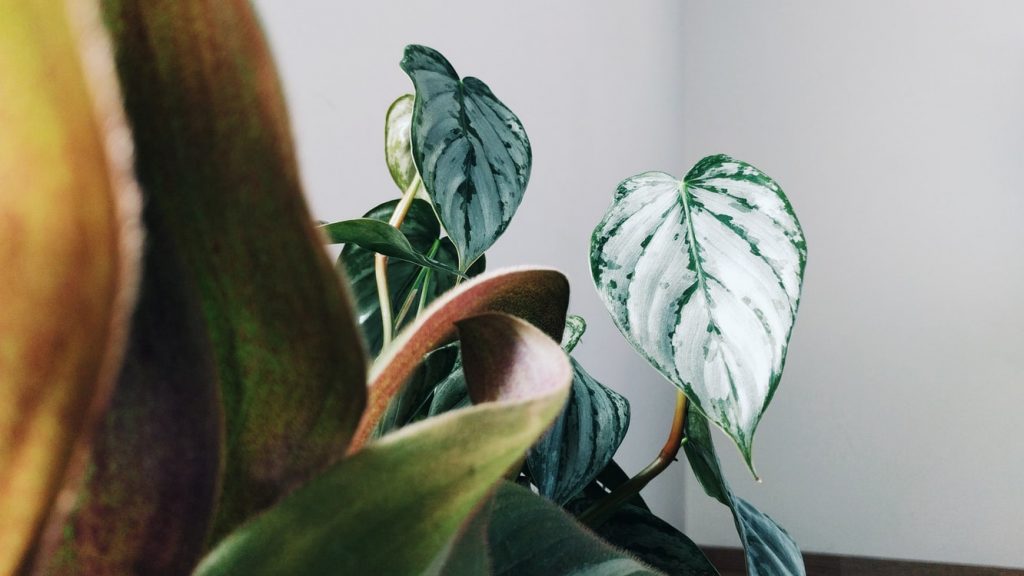
The ideal time to change POTS is late spring or early summer. Choose a slightly larger pot and gently remove the plant from the old pot, then place it in the new pot. Cover the bottom and sides of the pot with fresh soil, then water the plant to thoroughly wet it.
Propagation
Philodendrons reproduce easily from stem cuttings and division. The best time to reproduce is in early spring, as the days are getting longer and more light helps plants grow better.
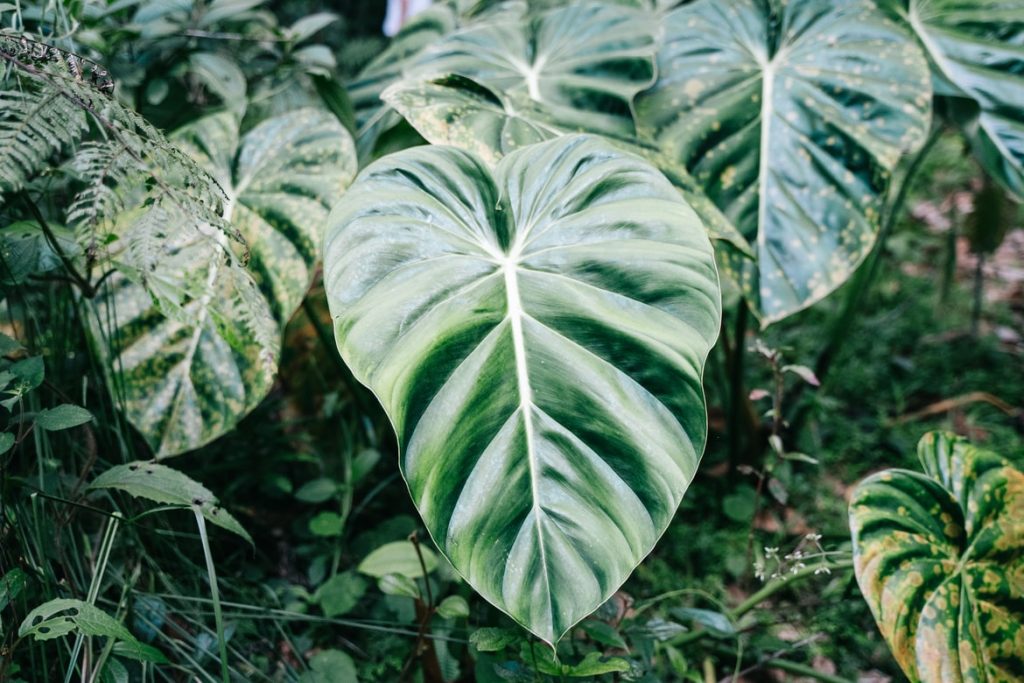
Propagating Philodendrons is as simple as cutting off three to six-inch stems with a pair of sterilized pruning shears or heavy-duty scissors and placing them in water containers to root. Then remove the bottom leaves, leaving only four to six leaves on the stem. Finally, plant the stems in moist soil about two to three inches deep, making sure the soil around the stems is firm and that no leaves are buried.
Pests and Common Problems
While Philodendrons adapt well to indoor life, problems can easily arise when some of the basic conditions necessary for Philodendrons to grow, such as water, sun, and soil, are not met. Here we offer practical solutions based on some common problems.

Leaves Turn Yellow or Fall off
Several problems can cause a leaf to turn yellow, such as giving it water that is too cold, not providing enough sunlight, or exposing the plant to too much bright light. If older leaves turn yellow, you may not be watering the plant enough. If the younger bottom leaves turn yellow, the plant could be overwatered.
The Smell of Yellowing and Decaying Leaves
If your plant’s leaves turn yellow quickly, this could be a sign of root rot. Smell the soil for rotten smells or dig up roots to check their health. In most cases, cutting away the black mushy parts of rotting roots and replanting the white or yellow parts of the roots in clean containers with fresh soil can help us quickly save the plants.
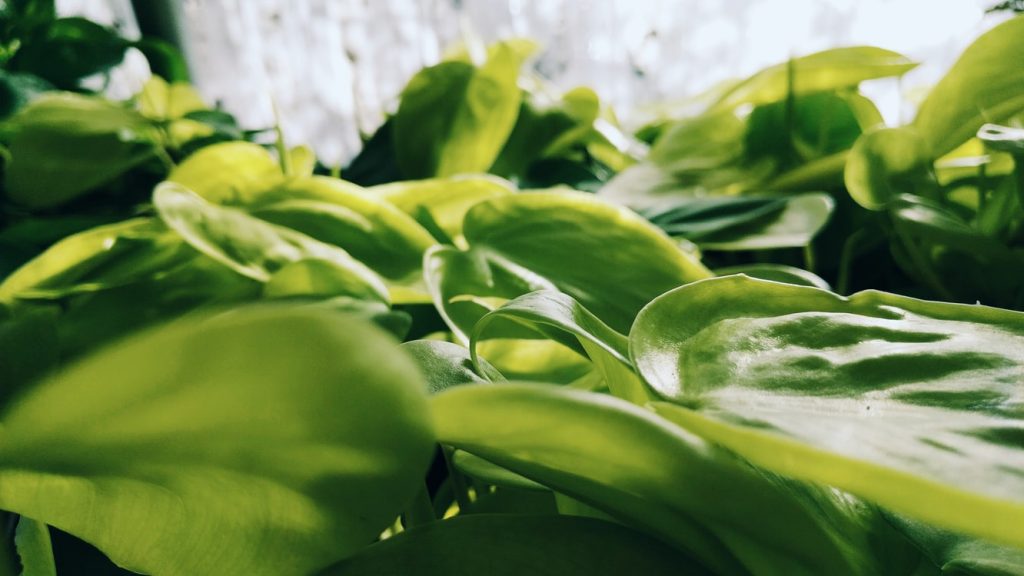
Leaves with Yellow Spots or Patterns
If you see small yellow lesions or patterns on the leaves of plants, it could be a sign of the Mosaic virus. We can take plants outside to get some indirect natural light and remove badly affected leaves by rinsing the remaining leaves with a gentle flow of water to remove dust from their surfaces. If possible, apply diluted nitrogen-rich fertilizer to the soil to help the plants gain greater resistance.
Browning Leaves
If your plant’s leaves are starting to turn brown and mushy, it’s probably due to overwatering.
Brown leaf edges that begin to curl indicate that water needs more water and less sunlight.
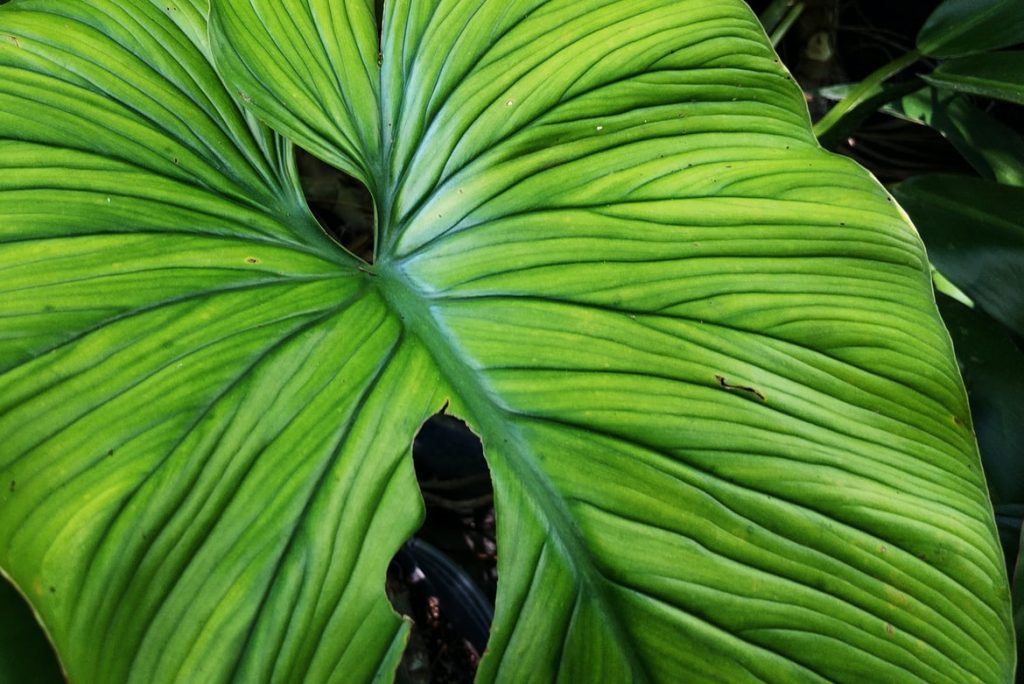
Brown leaf tips with yellow halos suggest Philodendrons need more moisture.
Make an adjustment plan based on the actual situation.
Pests
Philodendrons are susceptible to common houseplant pests, including aphids, mealybugs, scales, thrips, and spider mites. These pests can be treated by spraying plants with natural insecticidal soap or diluted dishwashing liquid solution.
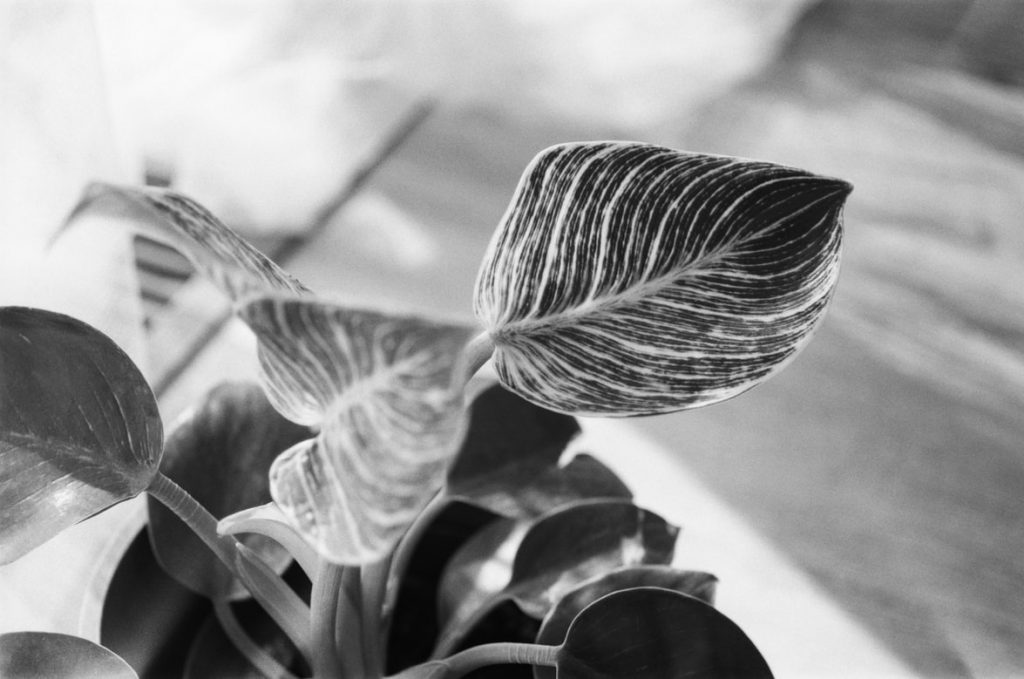
Philodendrons can cause skin irritation and burning in the mouth if ingested, so it is best not to leave Philodendrons lying on the ground.


